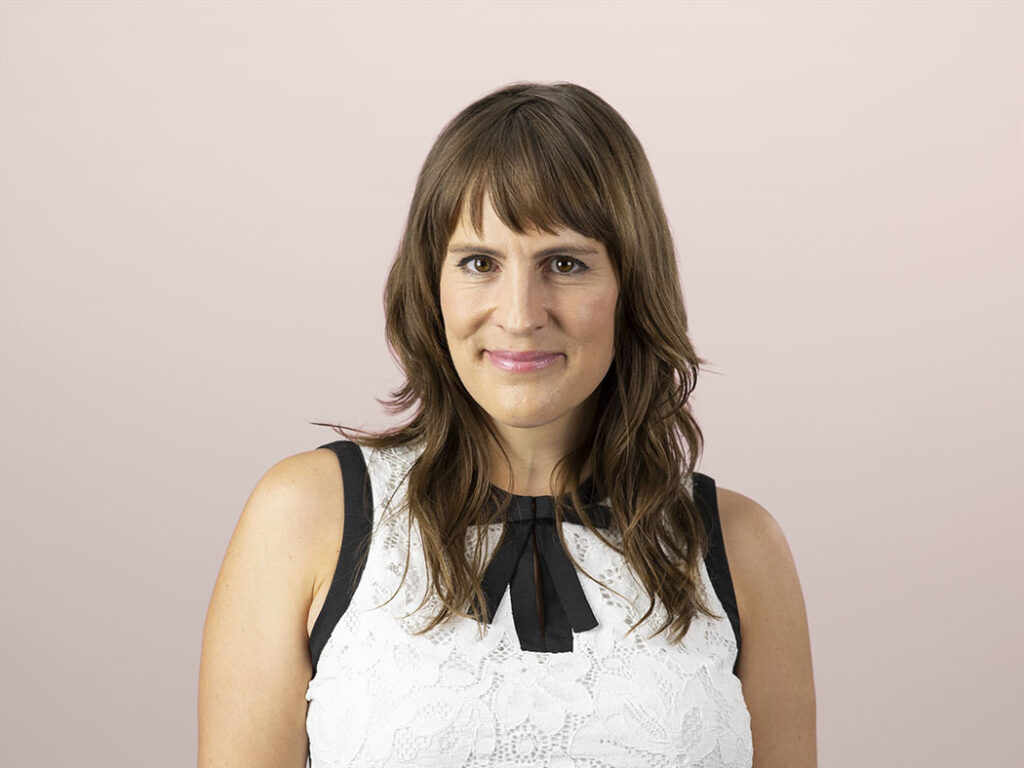TV Industry: It’s Time For A Round of “Stop, Keep, Change”
I’m obsessed with the future of television. A couple years ago, I pursued it largely as a research exercise. Today, I’m up in arms based on my own experience as a TV consumer. The rumors are true: empowered consumers are real and I am one. And of late, my ad experience with my chosen form of TV viewing – via an OTT device – is letting me down: ad frequency run amok, irrelevant ads aimed toward old men (which, I feel confident saying, I am not), and, maybe worst of all, completely unfilled minutes-long ad pods, all of which add up to one very annoyed consumer, lost publisher ad revenue and subpar marketing performance.
So, I attended BeetTV’s BeetRetreat recent conference, “Targeted TV: It’s About to Scale,” with the curiosity of a newly returned research analyst layered upon the righteous indignation of an empowered, badly served consumer. I found a group of executives – from leading content companies like NBCU and A&E, agency holding company groups like Omnicom and WPP and upstart technology companies alike – approaching a 70 year old, $70+ billion dollar industry in desperate need of change with a sense of fresh enthusiasm and frustration in equal measure.
Here’s what I came away with:
The TV industry has gotten a “free pass,” per one exec, for long enough. It’s facing massive pressure to change and it’s got some hard choices to make on where it wants to stand its ground, adapt and/or blow up and rebuild. And this applies across a spectrum of dimensions – infrastructure and delivery, content and commercial models. A few specific areas they need to tackle include ad spot length and volume (the role of the “6 second ad” in a world dominated by “30’s”), the tidal wave of OTT (a massive opportunity currently wildly undervalued and under penetrated), the right valuation of “quality” in an era of cat videos, and how to respond to the new “enemies at the gate” ranging from Google, Amazon and Facebook to the wildly successful ad free (for now) interloper Netflix.
Agencies and marketers want to adapt but they’re not moving fast enough. The agency leaders in attendance feel the pain and are working to drive change inside their organizations, but the mountain is steep and their message doesn’t yet translate to scaled execution of new approaches on the ground. Marketers aren’t helping. Procurement-driven decisions that continue to favor the “get lower CPMs than last year” model are hamstringing more intelligent planning and buying, deeper targeting and generally a mindset of value over cost-based decisioning. And the traditional brand budget allocation process – which favors budgeting from a product (versus consumer) orientation hampers customer centricity.
The marketers getting it right – still far from the norm – are the ones actively challenging the rules. Target and Team Arrow – both of whom were in attendance – can offer many bits of inspiration for other marketers. Most critically, they with a customer-obsessed mindset: they’re zealously focused on putting the customer (or “guest” in Target-speak) at the center of their efforts. This means re-thinking the traditional “one media plan” approach to TV by thinking about how different methods of “TV” buying serve different purposes at different lifecycle stages; blowing up the outmoded “get cheaper CPM’s” mindset in Target’s agency relationship and favoring instead a fees-based model that rewards value delivered over cost “saved”; and, making measurement outcomes-based without losing sight of the big picture by focusing on TV’s ROAS while keeping an eye on long term brand equity and health.
So what does all this mean?
In short, it means we are making progress, but we need to move faster and with real commitment. In a post-digital world, we must no longer talk about “digital advertising” (like display and video) and “traditional advertising” (like broadcast television) as distinct, but rather as an increasingly fluid continuum designed to help marketers connect with consumers in mutually beneficial ways. This group was trying to do that – they are pushing for change. As one Sling executive put it, “Now is the time we have to be comfortable being uncomfortable.” But 30 executives can’t do it in isolation.
For my part, I’ll tackle this in research. Specifically, we want to help marketers understand what true customer obsession in omnichannel advertising looks like and give them guidance on what that means for their organizations – from strategy development to execution to measurement – and what that will require of the advertising technology that supports them. Hint: it’s not going to be about “digital media buying”.
